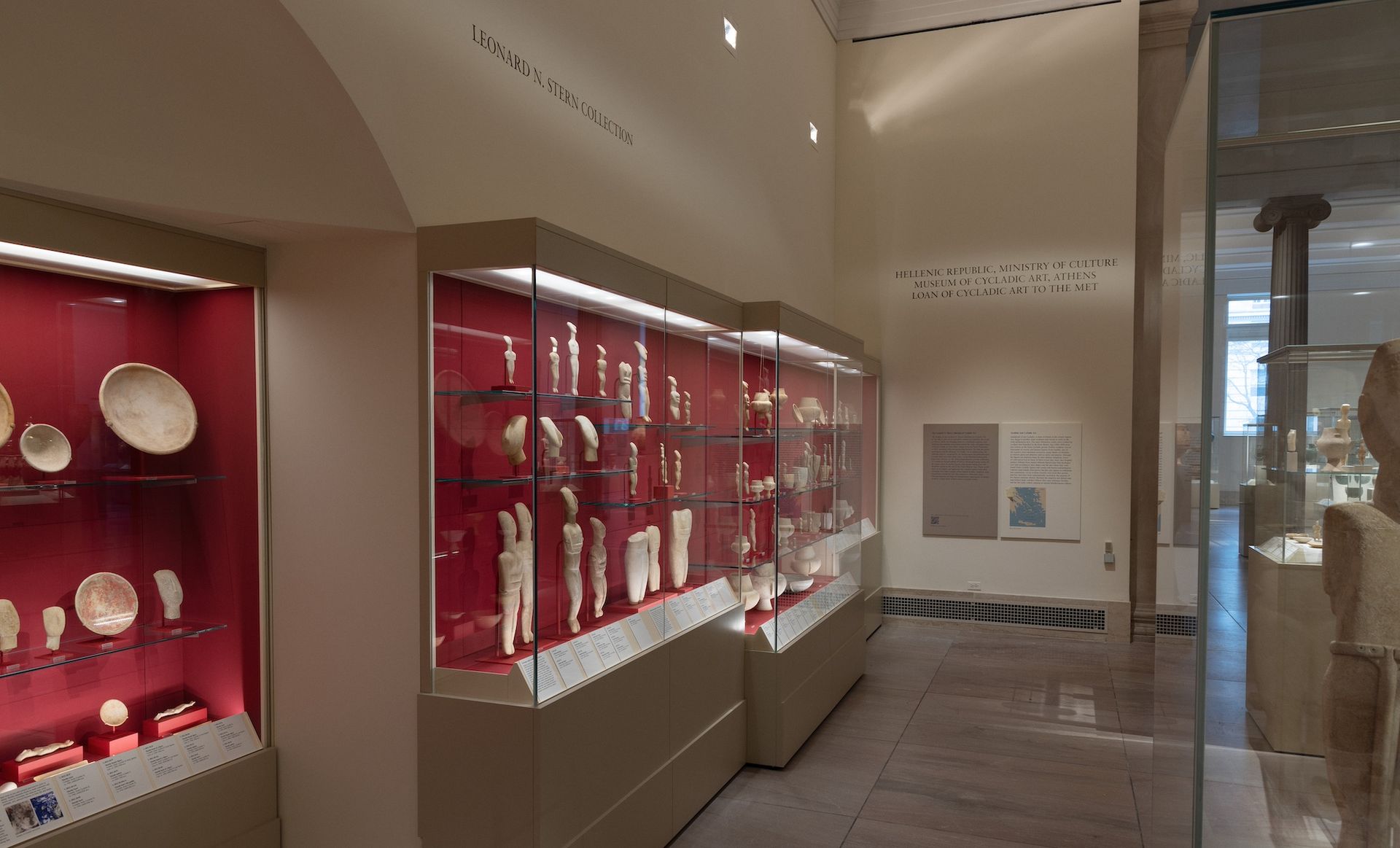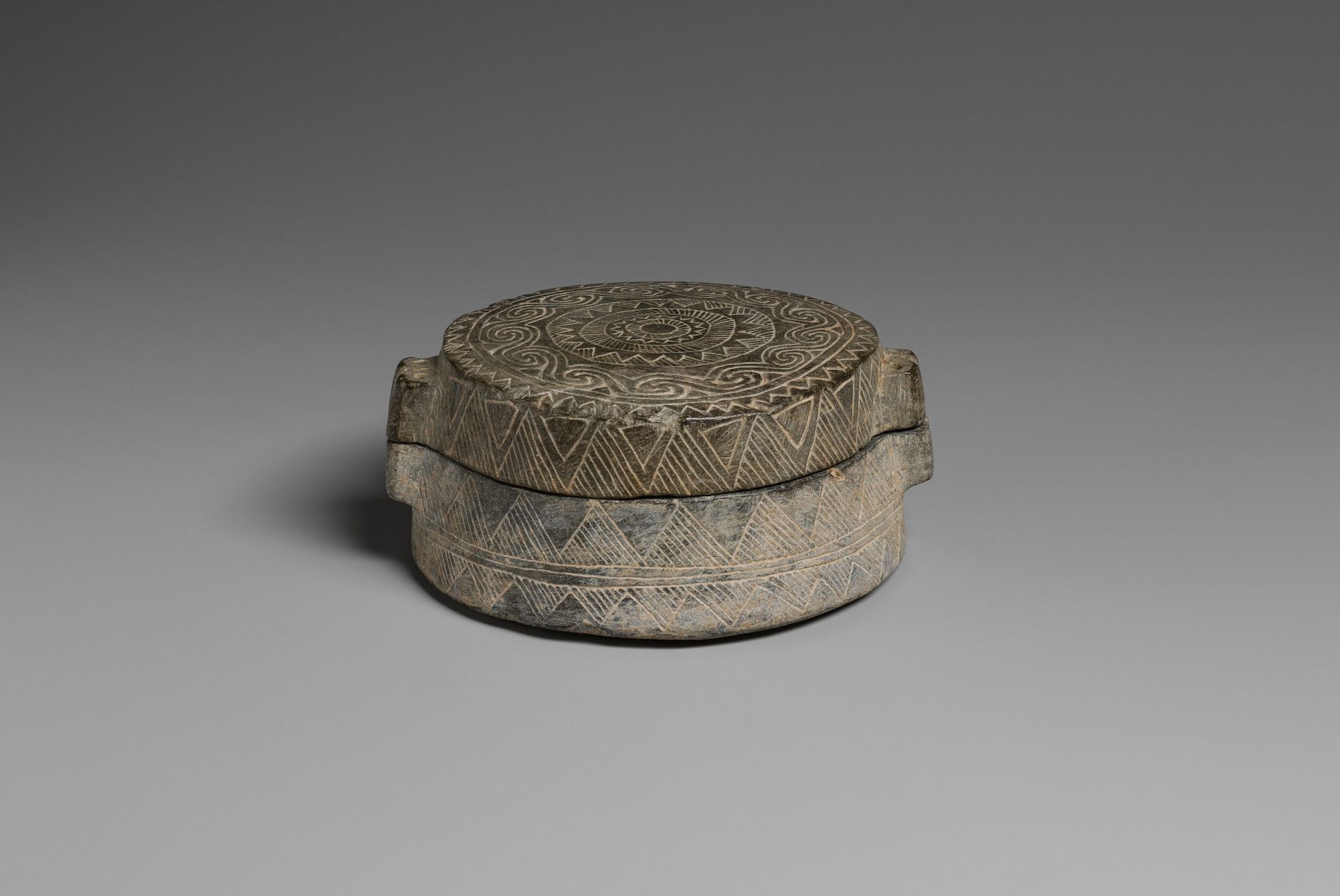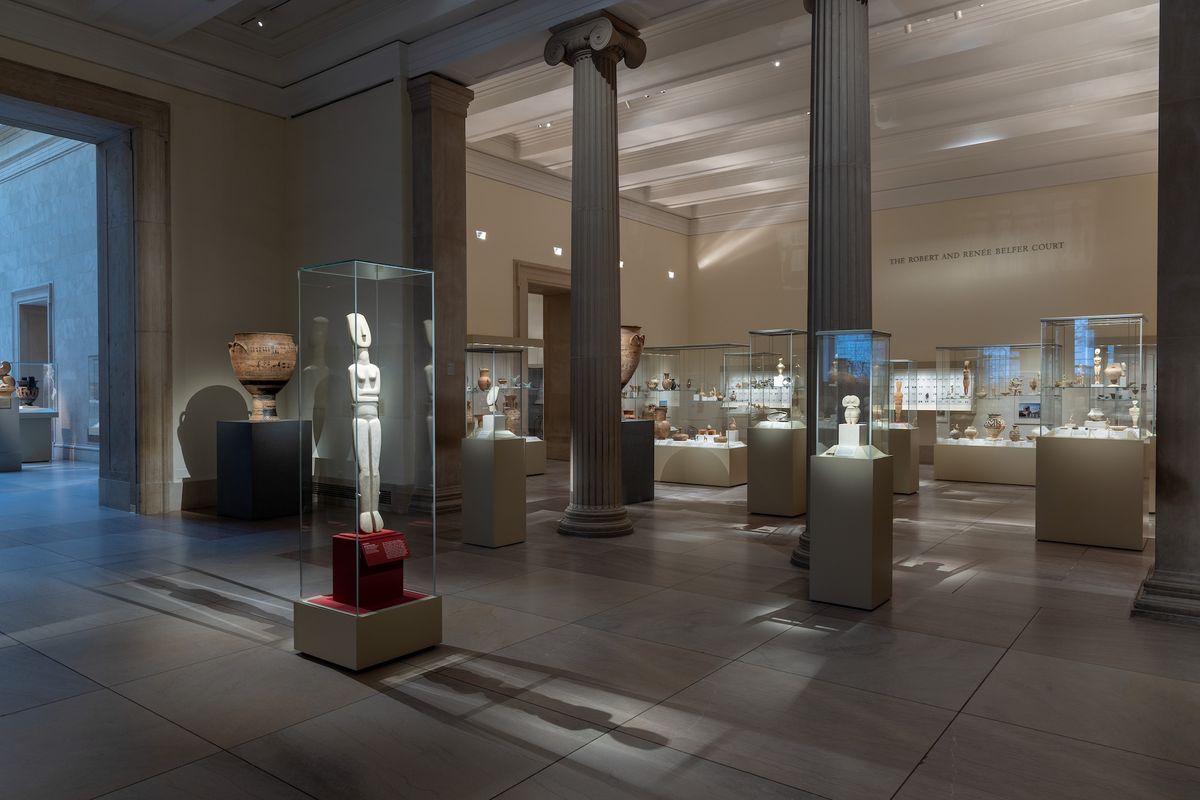The Metropolitan Museum of Art has unveiled a vast display of Cycladic antiquities from the collection of the American philanthropist Leonard N. Stern, following the announcement of a five-decade partnership with the Greek state that has been envisioned as an innovative solution to repatriation.
The agreement stipulates that the artefacts belong to Greece, which has authorised the long-term loan, and that selected works will periodically travel to Greece and be exchanged with other artefacts, allowing the collection to be simultaneously repatriated and exhibited outside of Greece.
The curator Seán Hemingway assisted in brokering the agreement in 2022, collaborating with the Greek government, the Museum of Cycladic Art in Athens and the Hellenic Ancient Cultural Institute, a non-profit based in Delaware that safeguards the collection in the US. The partnership represents “an exciting new model for repatriation”, Hemingway tellsThe Art Newspaper, adding that the scheme will “promote more work on Cycladic antiquities, which is positive, and foster interest from international visitors”.

Cycladic Art: The Leonard N. Stern Collection on Loan from the Hellenic
Republic at The Metropolitan Museum of Art, ongoing. Image: © The Metropolitan Museum of Art, photo by Bruce Schwarz
The display features 161 sculptures and vessels in marble, terracotta and other materials, most dating from the Early Bronze Age (3200BCE-2000BCE). Stern’s collection is notable for representing every known Cycladic figural style. The centrepiece of the display is a monumental violin-shaped sculpture of a female form, one of the few statues of such scale to have survived, and there are also several rare examples of shamanic and supernatural figures.
As part of the arrangement, Stern has also endowed several initiatives related to the collection, including the development of the online archive and non-invasive research of polychromy that had been previously unknown, utilising an advanced process that conjures the ghost traces of paint. The Met will also organise a lineup of programmes tied to the collection, hold residencies for Greek scholars and organise a symposium on Cycladic art within the next three years.

Marble female figure, Cycladic, 2400BCE/2300BCE-2200BCE Leonard N. Stern Collection, Loan from the Hellenic Republic, Ministry of Culture Image: © The Metropolitan Museum of Art, photo by Bruce Schwarz
Stern says he first encountered Cycladic art during visits to the Met as a child, acquiring a plaster replica in Greece in 1974 from a curio shop. The New York-based businessman began working with specialists in the 1980s to amass his collection over the next four decades, which includes examples from the Late Neolithic period to the end of the Early Bronze Age.
The agreement to display the artefacts originally sparked some controversy from critics who raised questions around the provenance of the collection. The Greek prime minister, Kyriakos Mitsotakis, and the minister of culture, Lina Mendoni, addressed the urgency of repatriation in remarks made at the opening of the Met display on Wednesday (24 January), emphasising that there is no evidence that the artefacts were illegally excavated or acquired.

Steatite pyxis (box), Greek, 2700BCE–2400BCE/2300BCE Leonard N. Stern Collection, Loan from the Hellenic Republic, Ministry of Culture
Image: © The Metropolitan Museum of Art, photo by Bruce Schwarz
“We’re an institution that was built on collecting and practices around collecting have changed dramatically, especially in recent years, and our practices have tightened up,” Hemingway says. “Now that we’ve opened the installation, I hope people will come to really see the works and recognise the value of creating a beacon for Cycladic art outside of Greece and here at the Met.”
He adds, “It’s wonderful to be able to bring the collection into the public sphere. This is a positive resolution because I don’t believe there will be collections like Stern’s in the future.”
- Cycladic Art: The Leonard N. Stern Collection on Loan from the Hellenic Republic, Metropolitan Museum of Art, New York, 25 January 2024-ongoing


